Globally, 99% of people breathe air that exceeds WHO pollution guidelines. We also spend 90% of our time indoors, where contaminants can circulate due to poor ventilation.
Our Airthings-made algorithm uses existing sensors and historical data to empower people (both homeowners and businesses) to make a change when there is an air quality issue.
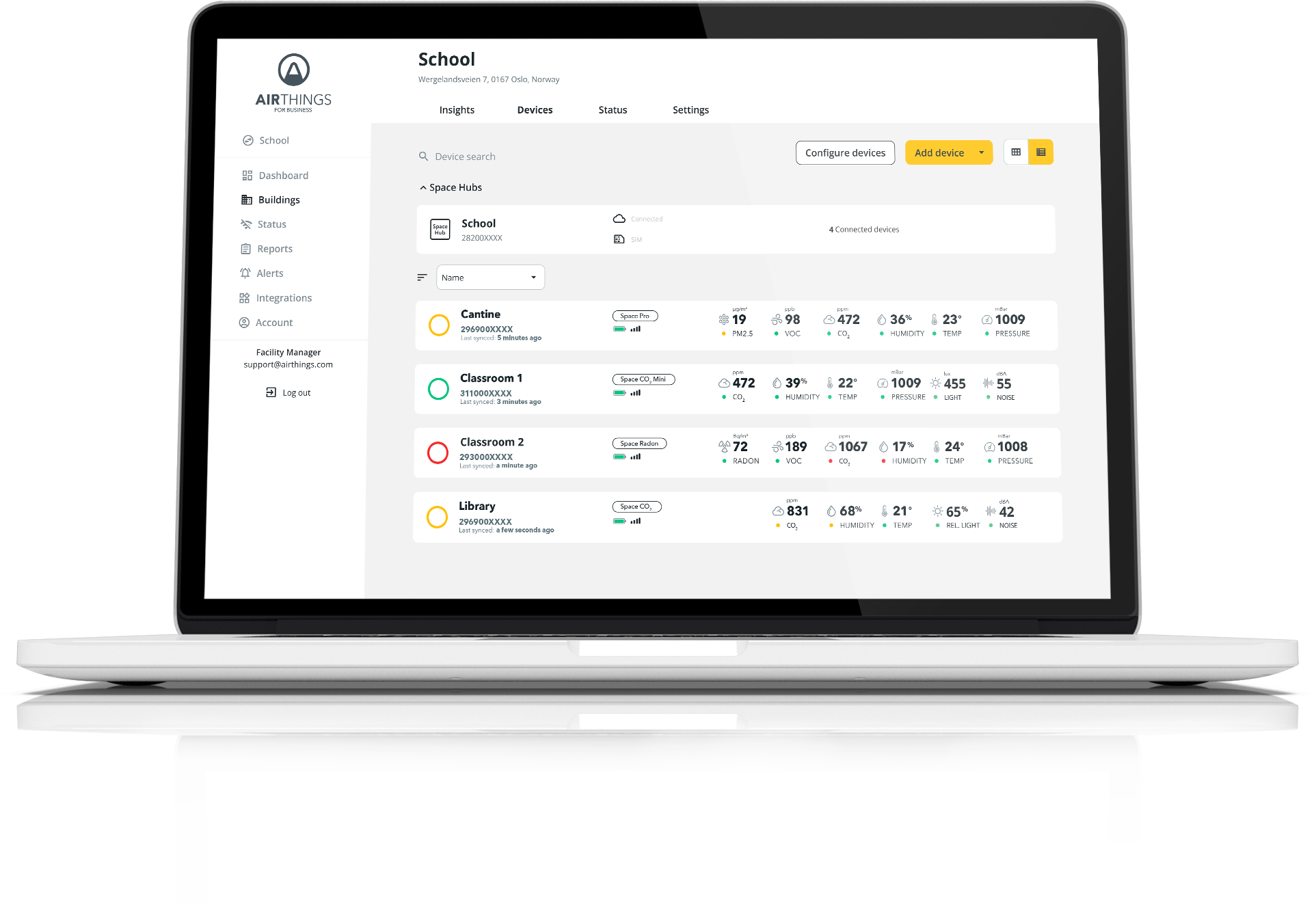
By enabling our customers to visualize what is in their air, we can help them mitigate air pollutants, reducing their risk of exposure and potential diseases.
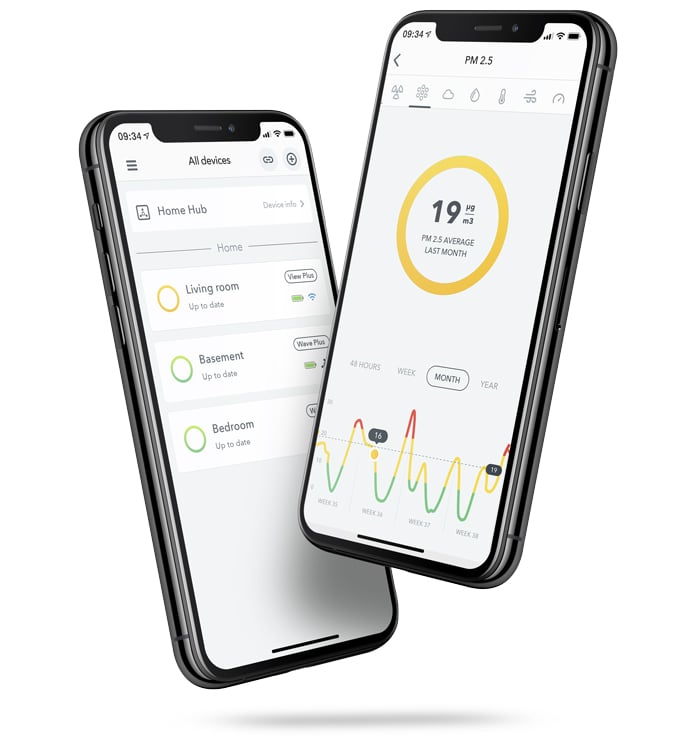
PM1
PM2.5
CO2
Humidity
Temp
Light
Pressure
Differential Pressure
Radon
VOC
Noise
Virus Risk
Mold Risk
PM1
Particulate matter is a range of particles of dust, dirt, and aerosols that become suspended in the air. PM1 has a diameter of less than 1 micrometers and is invisible to the eye.
PM2.5
Particulate matter is a range of particles of dust, dirt, and aerosols that become suspended in the air. PM2.5 has a diameter of less than 2.5 micrometers and is invisible to the eye. Most bacteria fall under this category.
CO2
Carbon Dioxide (CO2) is the air we breathe out, which impacts health and productivity. The level of CO2 in the air is a good indication of a room's ventilation.
Humidity
When humidity levels are too high, mold and rot can occur while low humidity levels can encourage airborne virus spread and increased susceptibility to colds and respiratory illness.
Temp
Temperature affects mood, comfort level, and alertness.
Light
Monitoring when the light is on or off in a space can help identify wasted energy usage.
Pressure
The weight of the air, technically called barometric pressure, can cause headaches, joint pain, and fatigue.
Differential Pressure
The difference of pressure between two points. Unbalanced air pressure leads to energy losses from leakage and infiltration.
Radon
A radioactive, invisible gas that comes from the ground. It is the largest cause of lung cancer among non-smokers.
VOC
VOCs (volatile organic compounds) are airborne chemicals, odors and gaseous toxins, causing short- or long-term health effects from minor eye, nose and throat irritations to liver and kidney damage.
Noise
Noise level should be kept between optimal ranges in areas of long exposure to boost productivity and concentration. High noise levels can leave people with long-term damage. We measure sound intensity in dB(A).
Virus Risk
The calculation of how conducive your indoor environment is to the survival of airborne viruses and likelihood of transmission.
Mold Risk
A calculation of how conducive your indoor space is for mold growth. Mold thrives in poorly ventilated, humid spaces and is harmful to people’s health.
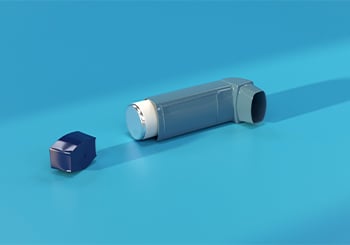
Keep your PM and humidity levels in the optimal zone to fight against asthma symptoms.
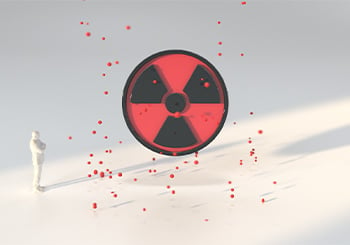
Track radon long-term to understand your family's overall exposure to this dangerous gas.
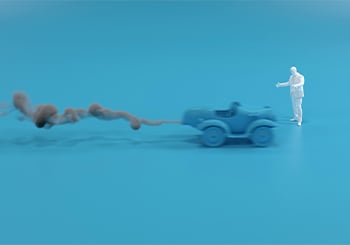
Keep track of how much city pollution is making it into your home and if your air purifier is working.
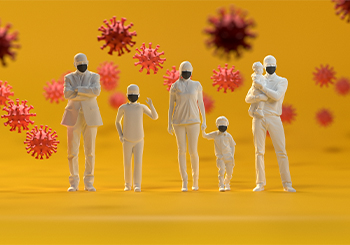
Tracking your humidity and keeping CO2 levels low will greatly reduce spread of virus.